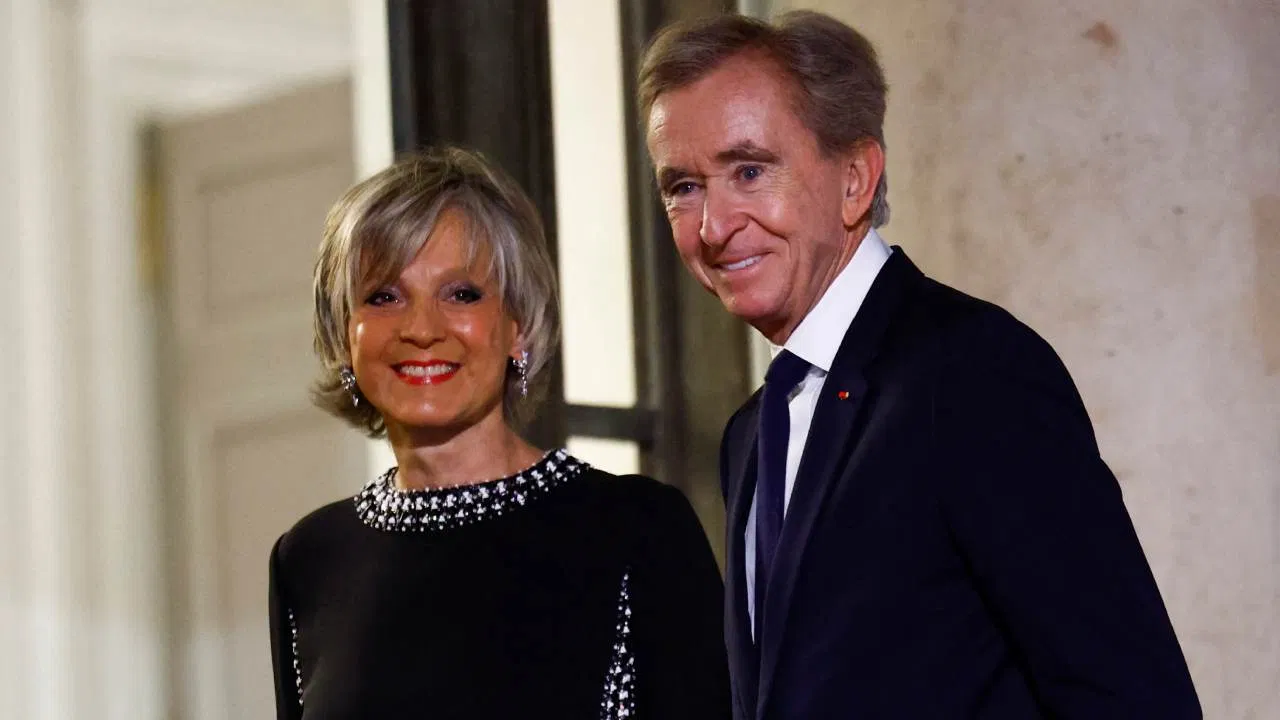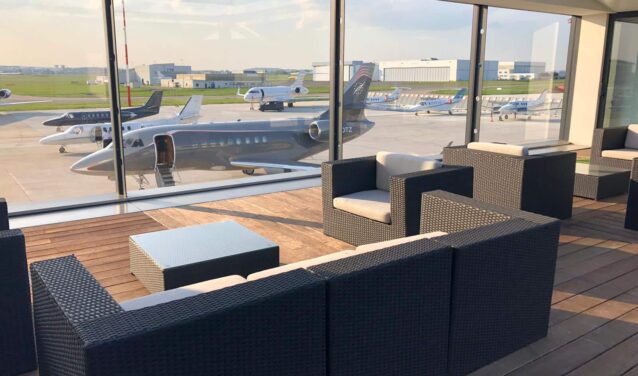Deal Anatomy
- Led by L Catterton, backed by luxury giant LVMH; other participants include KSL Capital Partners and the J. Safra Group.
- Flexjet now valued at roughly $4 billion, up from $3.1 billion SPAC valuation in 2022.
- 20% stake acquired by the consortium; about $200 million used for dividends to existing shareholders, the rest allocated to growth.

Strategic Intent & Luxury Integration
Flexjet will leverage L Catterton's LVMH ties to design luxury offerings. The goal: transform private flight into a curated luxury experience. Initiatives include bespoke cabin interiors co‑created with Bentley, Riva Yachts, and others.
Kenn Ricci, Flexjet's chairman, calls it a private club model,exclusive access to events, terminals, and experiences beyond mere transport.
"We don't want huge growth—just aspirational and elite. It's a model framed more like Augusta National Club than a high-volume airline."
— Kenn Ricci, Flexjet Chairman
Growth Metrics & Market Positioning
- Revenue surged 50% since 2021, reaching $2.6 billion in 2024, with EBITDA around $390 million, projected to hit $425 million in 2025.
- Operates ~300–318 jets, making it the world's second-largest fractional jet operator, after NetJets.
- Flexjet's fleet growth supported by a $7 billion Embraer deal, covering up to 212 Phenom and Praetor jets.

Infrastructure & Vertical Control
Flexjet currently controls:
- A global MRO network, its own Cabin Attendant Academy, and maintenance operations across U.S., Canada, and Europe.
- 11 private terminals, including a new one at London Farnborough set to open early 2026.
- Red Label program: ultra-modern fleet, dedicated crews, and the LXi Cabin Collection interior designs, over 50 configurations across its aircraft fleet.

Client Demographics & Demand Trends
- Client base is trending younger; average age dropped from 62 (2019) to 58 in 2025.
- Demand is rising for long-haul international travel, especially among tech‑sector and crypto‑wealth clients flying to destinations like Dubai and Jeddah, where flight volume has increased tenfold since 2021.
Financial & Fleet Summary
| Metric | Value |
|---|---|
| Equity round | $800 million |
| Valuation | ~$4 billion |
| Stake acquired | ~20% |
| 2024 Revenue | $2.6 billion |
| 2024 EBITDA | ~$390 million |
| 2025 Projected EBITDA | ~$425 million |
| Fleet size (2025) | ~300–318 jets |
| Private terminals | 11 (global) |
| New Embraer jets committed | Up to 212 Phenom/Praetor jets |
Comparative Context & Industry Outlook
Flexjet avoided a public SPAC listing in 2023, which would have given it a $3.1 billion valuation. Instead, it re-emerged stronger and better positioned to control its destiny with private capital, a strategy that aims to bypass public-market volatility and regulatory burdens.
In contrast with NetJets, Flexjet is not chasing league-leading market share. Ricci stresses: "We don't want huge growth just aspirational and elite". It's a model framed more like Augusta National Club than a high-volume airline.
Key Differentiators vs. Competitors:
- LVMH Integration: Access to luxury brand partnerships and experiences
- Exclusive Model: Focus on ultra-high-net-worth clients rather than volume
- Vertical Integration: Full control from aircraft to terminals to service
- Younger Demographics: Successfully attracting tech and crypto wealth
Closing Analysis
The LVMH‑linked investment positions Flexjet at the intersection of luxury branding, experiential travel, and vertical integration. It strengthens Flexjet's high‑end positioning and fuels fleet expansion while reinforcing luxury industry trends toward holistic lifestyle offerings, beyond mere transport.
This strategic move represents more than just capital infusion; it's a fundamental reimagining of private aviation as a luxury lifestyle brand. With LVMH's expertise in premium experiences and L Catterton's investment acumen, Flexjet is positioning itself not just as a transportation provider, but as a curator of exclusive experiences for the world's most discerning travelers.

